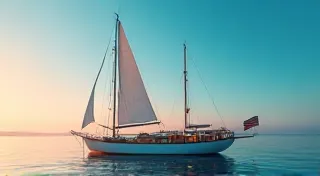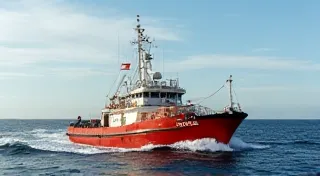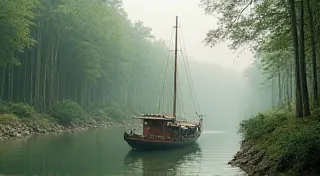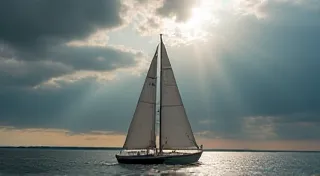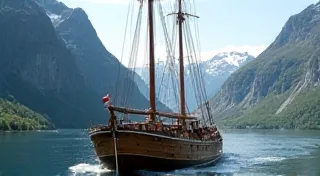The Båt: Norwegian Fishing Boats and Coastal Craftsmanship
The 'båt' – a name instantly recognizable to anyone familiar with Norway’s stunning coastline – represents far more than just a fishing boat. It’s a living testament to generations of Norwegian ingenuity, a symbol of coastal culture, and a remarkable example of traditional boat building techniques honed over centuries. This article delves into the history and construction of the Norwegian 'båt,' exploring its regional variations and the enduring legacy of its craftsmanship.
A History Rooted in the Sea
The history of the 'båt' is intimately tied to Norway's maritime history. For centuries, Norwegian communities have relied on the sea for sustenance and trade. Early boats were undoubtedly simple dugout canoes and clinker-built vessels, but the development of the distinct ‘båt’ we know today began to take shape during the 18th and 19th centuries. These boats needed to be robust enough to withstand the often-harsh North Sea conditions, stable enough to handle heavy loads of fish, and capable of navigating both open waters and shallow fjords.
The early 'båter' were built by local farmers and fishermen, often during the long winter months when agricultural work was impossible. The knowledge and skills were passed down through families, making boat building a treasured and vital tradition. Each village and region developed its own preferred designs, resulting in a fascinating diversity of 'båter' across the Norwegian coastline. The principles used in these early constructions resonate with those employed in Norse boatbuilding, particularly regarding the fundamental clinker construction techniques that became synonymous with Viking ships – a legacy deeply interwoven with the development of the 'båt'. This careful and precise construction has parallels with other global boatbuilding practices, highlighting the universal need for seaworthy vessels.
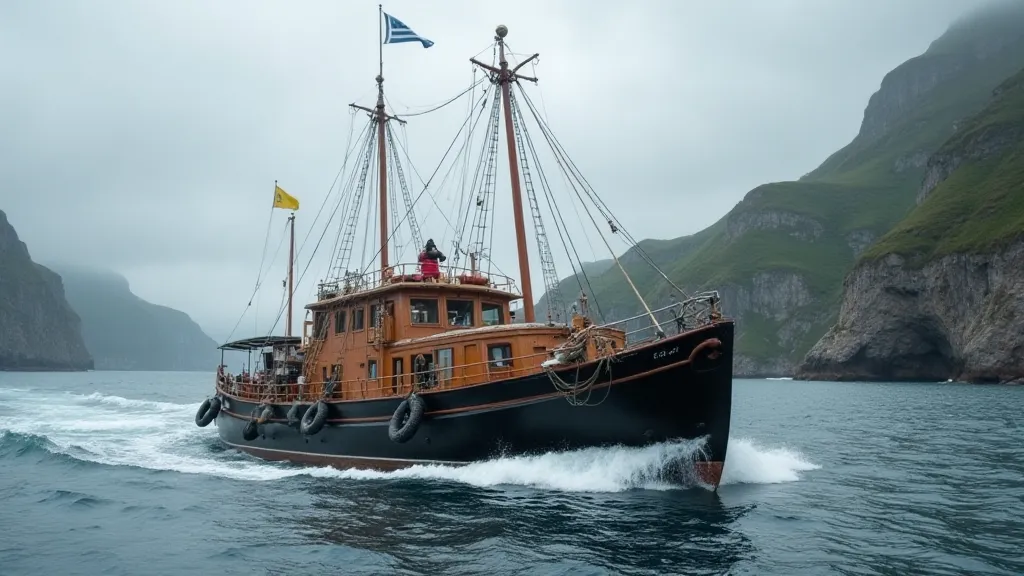
Construction & Design Principles
The core design principles of the Norwegian 'båt' prioritize functionality and durability. Generally, they are clinker-built, meaning the hull planks overlap each other, creating a strong and flexible structure. This overlapping design allows the hull to flex with the waves, reducing stress and preventing breakage. The narrow beam (width) allows for agility and maneuverability in tight waters, while the relatively deep keel provides stability. The shape of the bow is crucial – designed for efficient cutting through waves, it allows the boat to handle choppy conditions. The stern is traditionally high, allowing for the storage of gear and creating a protected space for the crew.
The wood used is almost invariably Norwegian pine, prized for its strength, density, and resistance to rot. The choice of wood and the precise methods of construction were often deeply guarded secrets within families and communities. The precision required to work with this type of timber demanded generations of experience, a level of expertise seen in other historical maritime pursuits. Beyond the 'båt,' many other seafaring traditions across the world employ similar ingenuity in their boatbuilding techniques. Take, for instance, the process of building a dhow on the Swahili Coast, which showcases remarkable ancient techniques.
Regional Variations: A Tapestry of Designs
One of the most remarkable aspects of the Norwegian ‘båt’ is the significant variation in design from region to region. While the core principles remain consistent, subtle yet important differences reflect the specific needs and preferences of each community.
- Nordmøre Boats: Boats from this region (north of the Lofoten Islands) are generally known for their extremely narrow beam, allowing them to navigate incredibly narrow and shallow fjords. They often have a more pronounced rocker (curve) in the keel, further enhancing their maneuverability.
- Trønder Boats: Boats from the Trøndelag region tend to be longer and more slender than those from Nordmøre, designed for slightly more open waters.
- Vestfold Boats: Boats from Vestfold, further south, often feature a more rounded bow and a slightly higher freeboard (the distance from the waterline to the deck).
The unique characteristics of these regional boats aren't just about appearance. The hull form and construction were often shaped by the specific demands of the local waters and the type of fishing practiced. The narrow beam of a Nordmøre boat, for example, allows for unparalleled access to the narrowest of fjords, whereas boats from further south may be optimized for navigating different sea conditions and carrying larger quantities of cargo. The emphasis on maneuverability and stability is reflected across these variations, mirroring similar considerations in other traditional fishing boat designs, such as the Jolle found in the Baltic Sea. The evolution of these regional designs is a testament to the ingenuity of Norwegian boatbuilders, adapting to the unique challenges presented by their local environments.
The meticulous process of crafting a Norwegian 'båt' is comparable to the work involved in the historic and important practice of building a Pilot Schooner, highlighting the common goal of creating vessels capable of withstanding the rigors of the sea and expertly navigating difficult waters.
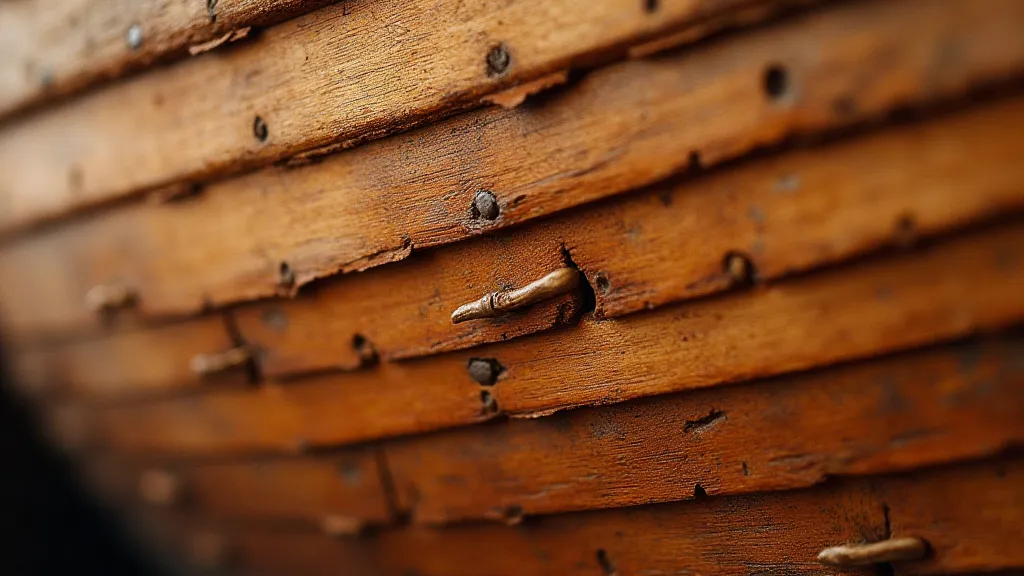
The Legacy of Craftsmanship & the Future
While modern fiberglass boats have largely replaced the traditional wooden 'båt' in commercial fishing, the tradition of boat building endures. Today, there is a renewed interest in preserving the skills and knowledge of the traditional boat builders. Apprenticeships and workshops are being established to pass on the craft to a new generation, ensuring that the legacy of Norwegian coastal craftsmanship lives on. These boats, often meticulously restored, serve as a powerful reminder of Norway's rich maritime heritage and the ingenuity of its people.
The intricate construction and aesthetic appeal of these vessels have fostered a growing appreciation for their cultural significance. Many are now treasured as heirloom pieces, displayed in museums, or lovingly restored to participate in maritime festivals. The knowledge required to build a ‘båt’ is more than just carpentry; it is a deep understanding of wood behavior, hydrodynamics, and the specific challenges of navigating Norwegian waters. This specialized knowledge often ties back to historical techniques which were refined over generations. The importance of this craft extends beyond Norway, and the care and precision used when building these boats is comparable to that employed in other maritime traditions. The techniques employed reflect a deep connection to the natural environment and a profound respect for the materials used, traits often seen in master craftspeople throughout history.
The impact of technological advancements has undeniably reshaped the fishing industry, but the legacy of the 'båt' remains, prompting a thoughtful examination of the trade-offs between modern efficiency and the preservation of traditional skills. There is now a concerted effort to document and share this invaluable knowledge, ensuring that future generations can appreciate the artistry and ingenuity of Norwegian boat builders. This commitment underscores the importance of protecting cultural heritage and recognizing the intrinsic value of handcrafted objects.
The resurgence of interest in traditional boatbuilding isn’t just about preserving the past; it’s also about finding a deeper connection to our maritime heritage and appreciating the value of handcrafted objects. The beauty and functionality of the Norwegian 'båt' are a testament to the power of human ingenuity and the enduring relationship between people and the sea.
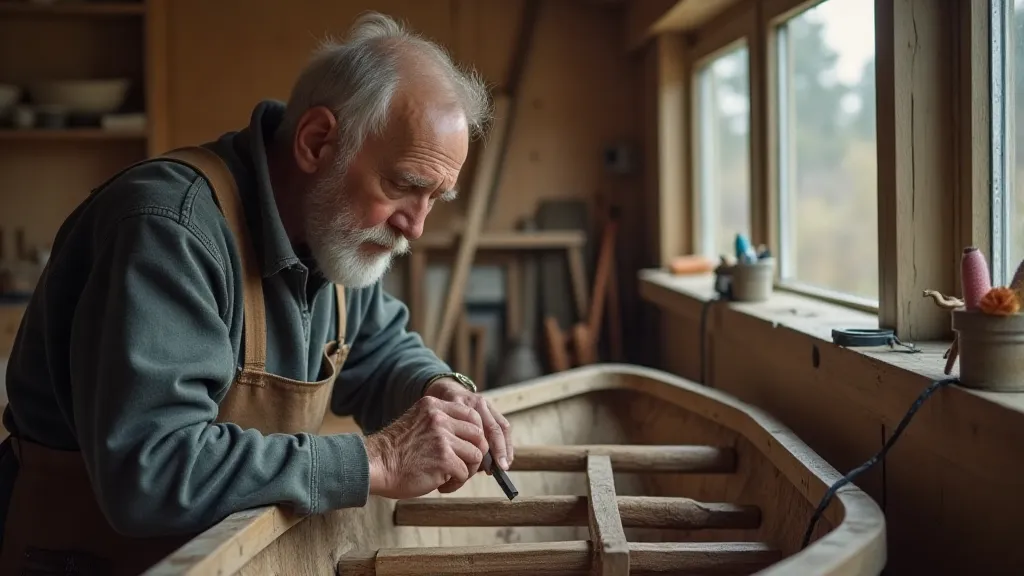
The evolution of the 'båt' hasn't occurred in isolation. Its development reflects broader trends in maritime technology and the ongoing interplay between human needs and environmental constraints. Further exploring the history of seafaring vessels can reveal common themes and innovative solutions employed by cultures across the globe. Recognizing these shared experiences fosters a deeper understanding of human ingenuity and the enduring relationship between people and the ocean.
